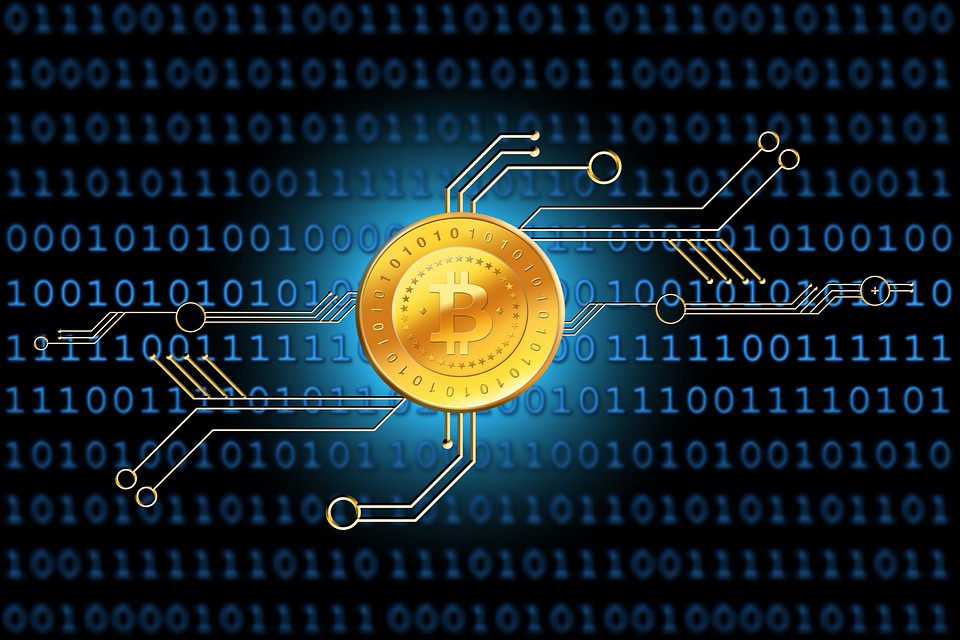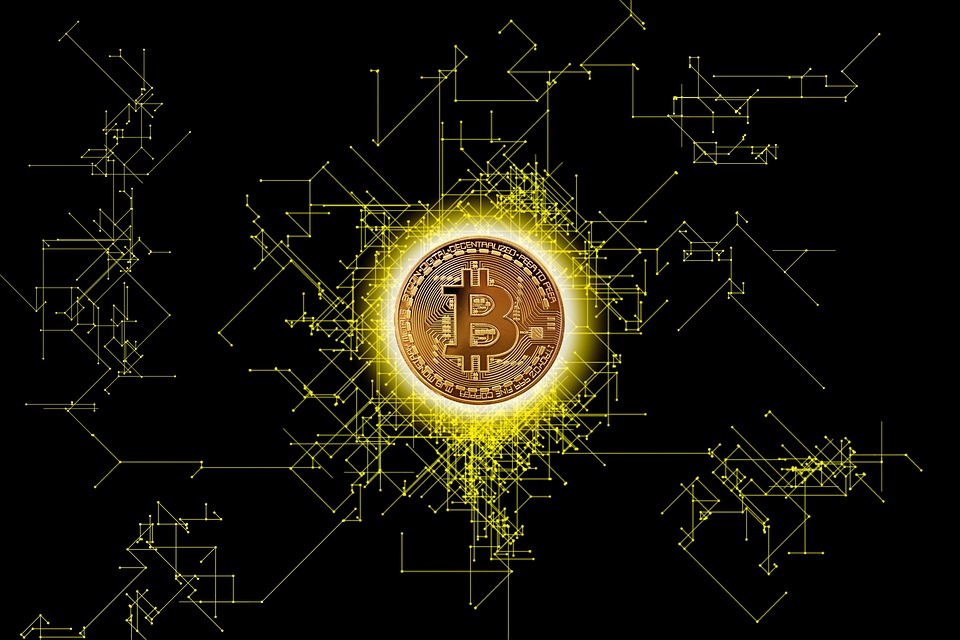Introduction to Pi Cryptocurrency
In the rapidly evolving world of digital currencies, Pi Cryptocurrency has emerged as a unique player, aiming to revolutionize the way we conduct digital transactions. Unlike traditional cryptocurrencies that rely on energy-intensive mining processes, Pi offers an innovative approach that is both environmentally sustainable and user-friendly. This article explores the key features of Pi Cryptocurrency and its potential impact on the digital economy.
The Concept Behind Pi
Pi Cryptocurrency was developed by a team of Stanford graduates with the goal of making cryptocurrency accessible to everyone. The core idea is to create a decentralized and secure digital currency that can be mined using a mobile phone. This approach democratizes the mining process, allowing anyone with a smartphone to participate and earn Pi coins without the need for expensive hardware or excessive energy consumption.
Mobile Mining: A Game Changer
One of the most revolutionary aspects of Pi is its mobile mining feature. Traditional cryptocurrencies like Bitcoin require powerful computers and significant electricity to mine new coins. In contrast, Pi utilizes a consensus algorithm called Stellar Consensus Protocol (SCP) that enables users to mine coins with minimal energy consumption. By simply installing the Pi Network app on their smartphones, users can mine Pi coins daily with a few taps, making it accessible to a broader audience.
Security and Decentralization
Pi Cryptocurrency is built on a highly secure and decentralized network. The developers have implemented a trust graph mechanism that enhances security by allowing users to vouch for each other. This creates a web of trust that helps prevent fraudulent activities and ensures the integrity of the network. Additionally, Pi’s decentralized nature means that no single entity has control over the currency, aligning with the foundational principles of blockchain technology.
Potential Impact on Digital Transactions
As Pi continues to gain traction, its potential impact on digital transactions is becoming increasingly apparent. Here are some ways Pi could revolutionize the digital economy:
Financial Inclusion
By making cryptocurrency mining accessible to anyone with a smartphone, Pi has the potential to promote financial inclusion on a global scale. Individuals in regions with limited access to traditional banking services can participate in the Pi Network, enabling them to engage in digital transactions and store value securely.
Reduced Transaction Costs
Pi aims to offer a cost-effective alternative to traditional banking and payment systems. With lower transaction fees and faster processing times, businesses and individuals can benefit from more efficient and affordable digital transactions, fostering economic growth and innovation.
Environmental Sustainability
The energy-efficient mining process of Pi addresses one of the major criticisms of traditional cryptocurrencies: their environmental impact. By reducing the carbon footprint associated with mining, Pi offers a more sustainable solution for the future of digital currencies.
Conclusion
Pi Cryptocurrency represents a significant step forward in the evolution of digital currencies. By prioritizing accessibility, security, and sustainability, Pi has the potential to transform the way we conduct digital transactions. As the Pi Network continues to grow and develop, it will be exciting to see how it shapes the future of the digital economy and empowers individuals worldwide.




